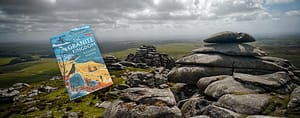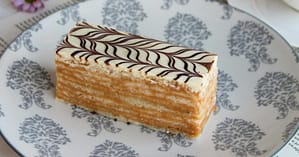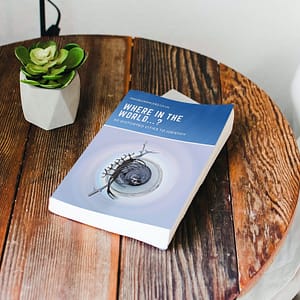I was introduced to Grind Coffee in Putney when it had only just opened. The coffee was like no other and the flat white has yet to be beaten in my opinion. Certainly the likes of Ronan Keating, Nick Clegg and various members of England’s rowing and rugby teams think so too along with an average of 1000 customers a day.
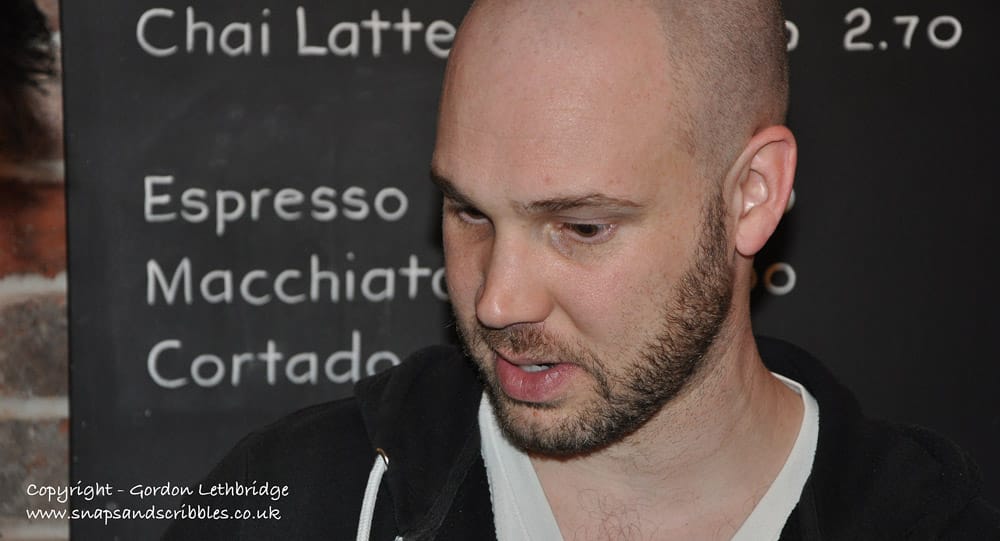
The owner, originally a drummer opened a drum shop in Putney and begn selling good coffee alongside the drum kits. He soon discovered he was selling more coffee than drums so got rid of the kits to indulge his passion for coffee. When I first discovered Grind it was a tiny little place with customers spilling out onto pavement. Now it has expanded into the adjoining building but still keeps that special coffee bar ambience. Now there are couple of others and plans for more. Grind in Putney will always be my favourite; it’s just a shame I live in Southampton.
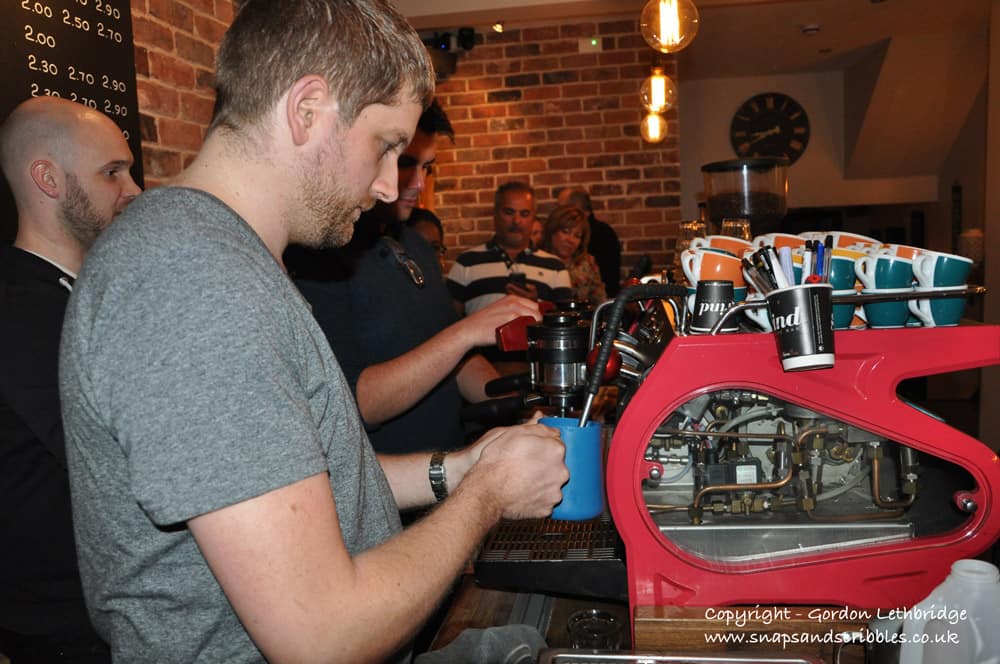
Grind have now started roasting their own beans and offer barista classes regularly. That could be the answer to my problem. I would buy Grind roasted beans, take a barista class and then make a passable (hopefully) flat white that resembles the one I get on my infrequent trips to Putney.
When I turned 60 last month I was given a barista Grind Coffee Barista Experience. This was my opportunity to delve into the mysterious world of a barista.

There were eight of us seated round the table. David Dickinson, owner of Grind, welcomed us all and began at the beginning. He explained the difference between Robusta and Arabica beans and how they were grown, dried and roasted. All these are variables that determine the taste of the coffee. However we were to discover that the final taste is much more complex than that.
Using a flow chart David explained that the size of the grinds was critical, the pressure the steam is forced through the coffee, the amount of tamping and even the temperature of the water. Not only that but the ambient temperature and humidity had an effect. All day long the baristas at Grind are fighting to produce the perfect espresso despite constantly changing variables.

With more than a couple of hours left we were ushered behind the bar and confronted with the steaming beast. A quick demonstration and we were allowed to try our hands at making a ‘just right’ espresso weighing in at between 28-30 grams. The grinder delivered just the right weight of ground beans to be tamped. Tamp to heavy and the steam cannot get through; too light and it passes through to quick.

Twist the holder in, push the lever across and after a satisfying hiss the thick dark liquid flows over the stainless steel and into the glass. The thick golden crema on rich dark liquid certainly looked the part. Unfortunately it weighed in at 30.4 grams – not quite good enough. Tasting it I reckoned it was a close match to the espresso the baristas make for me when I order from Grind under normal circumstances. I am, of course, a little biased as I made this one.

Next time round it weighed in at just under the 30 grams but didn’t taste quite the same. There were obviously some variables that needed adjusting.

Having produced a passable, by David’s high standards, espresso we moved on. We were now going to make the espresso based flat white. The flat white is one of many espresso based coffees that inlaces the latte, cortado and cappuccino. The trick with the flat white is the dense and silky smooth foam on top. Froth, work it in and repeat was the action required. This increased the volume of the milk in a silky foam. Care had to be taken not to burn the milk.

Once the milk was steamed you add it to the espresso and produce award winning latte art. Well that was the theory. My first attempt looked like the mushroom cloud of a nuclear explosion – nicknamed cafe atomique. My second attempt resembled nothing. We had plenty of time to practice all the while learning about coffee making, Grind’s history and how coffees are graded.

After several flat whites I did manage to produce latte art that slightly resembled a tulip; though it was definitely a tulip in bud. I need a few more self-made flat whites to perfect my art. However, they tasted great despite the artwork. Not quite up to the Grind standard but better than I had been making at home.


The Grind Coffee Barista Experience was a great hands on experience and terrific value for money. I would recommend it to anyone wanting to learn a little of the skills of a barista. If you are a visitor to London then there is no better place to learn a few barista skills and beats going to the theatre.
Check out the Grind Coffee website for more details of upcoming classes.
Visit the coffee books page of the Travel Unpacked Shop for books on coffee.
